As Canadians increaingly worry about the effect of wildfire, the federal Trudeau Liberal governments continue to develop more plans for fossil fuel development that produce more emissions. Our emissions record for the last 32 years, including recently, continues to be worse than that of any other major developed country.
Smoke from Canadian wildfires clouded the New York City skyline on Wednesday, June 7, 2023. Photos by Spencer Filek-Gibson
Canadians are worried about the rapidly metastasizing climate crisis. For good reason. The impacts are hitting harder and faster — like the hundreds of wildfires burning out of control all across our nation right now. Meanwhile, our emissions of climate-destabilizing greenhouse gases aren't going down enough to stop the climate chaos from growing ever more dangerous.
The sliver of good news in Canada is we've significantly reduced our climate pollution from electricity generation.
The bad news is we've been simultaneously cranking up our climate pollution in the rest of our economy and lives. Our success at cleaning up electricity has been hiding our failure to decarbonize everything else.
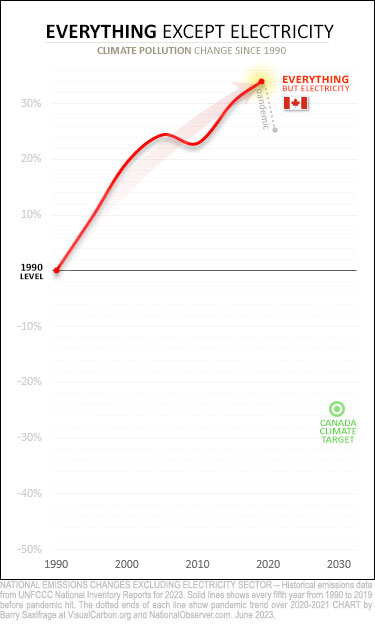
My first chart strips out the electricity sector to show you what is happening with all the rest of our emissions.
That rising red line contains all of Canada's climate pollution outside the electricity sector.
It's more than 90 per cent of our emissions. And they were record high and rocketing upwards when the pandemic temporarily knocked them down (the dotted grey line).
The primary reason the red line keeps surging higher is that Canadians keep burning larger amounts of fossil oil and fossil gas — in our homes, businesses, cars, trucks, ships, planes, farms, industry and almost all the rest of our economy and lives.
Does that red line look like Canada is heading toward zero emissions?
To me, it looks more like we are blindly accelerating into the oncoming climate train.
See that green bull's-eye in the chart's lower right? That's Canada's 2030 target under the global Paris Agreement. That's also along our path to the required net-zero emissions by 2050.
But, hey, isn't Canada just doing what our peers are doing — only cleaning up their electricity sectors? No. Take a look.
See that green bull's-eye in the chart's lower right? That's Canada's 2030 target under the global Paris Agreement. That's also along our path to the required net-zero emissions by 2050.
To illustrate how Canada is doing compared to our peers, I dug up the same "everything except electricity" emissions data for the rest of the Group of Seven (G7)nations. Collectively, these wealthy industrialized nations emit one-third of global climate pollution and produce half the world's GDP. This is the group that has the resources and capacity required to lead the climate fight.
How's Canada doing?
As my next chart makes clear, we are embarrassingly in last place and heading in the wrong direction.
Germany, in contrast, has done the best in this group. What most people know about Germany's climate efforts is their multi-decade push to clean up their electricity sector — known as Energiewende. But the resulting huge electricity emissions cuts aren't even included on this chart. This chart only shows what they've done with their climate pollution in the rest of their economy — which is to reduce it by more than a third since 1990.
Our Commonwealth peers in the United Kingdom (U.K.) are close behind them. They are also best known for cutting coal from their electricity generation. But again, this chart ignores that and shows they cut emissions by more than a third across the rest of the economy.
Heck, even the Americans are doing far better than Canadians. A common — but wrong — sentiment I often hear in Canada is that the only reason the Americans are doing better than us on climate is because they have so much coal-fired electricity that is easy to clean up and we don't. But as this chart shows, we are doing much worse than the Yanks on everything outside the electricity sector as well.
To wrap up, let's dig down into the data one more level to compare sector emissions for the group leaders (Germany and the U.K.) and the laggard (Canada). These are three of the world's top 10 economies.
This chart shows each sector's climate pollution change since 1990 (except the electricity sector). Green shows reductions, red shows increases. And the height of each bar indicates the change in millions of tonnes of CO2 (MtCO2).
Notice anything?
The Germans and British have cut emissions in all sectors.
Canadians in contrast have increased emissions in most sectors — often by eye-watering amounts.
Canada's most out-of-control sector has been the extraction of fossil oil and gas, which now emits 90 MtCO2 more per year than in 1990.
Canada's next most out-of-control sector is transportation — caused by burning more fossil gasoline and diesel in our cars, trucks, jetliners and ships. Our transport pollution surged by 32 MtCO2. Meanwhile, the Germans and British both reduced their transportation emissions. Apparently, polluting less is possible. Canada just refuses to adopt the kinds of policies that have worked for our peers.
As the chart shows, Canada's only significant emissions reduction beyond the electricity sector has been in our heavy industry sector. But roughly half that decline was the result of shutting down a single adipic acid factory in 2009 (it's used to make nylon). That's not climate progress or helpful decarbonization. That's just pushing the problem somewhere else.
The bottom line is that climate pollution needs to fall to ZERO in ALL sectors. And we need to do it quickly if we want to preserve a safe and sane climate.
https://www.nationalobserver.com/2023/06/08/analysis/blindly-acceleratin...

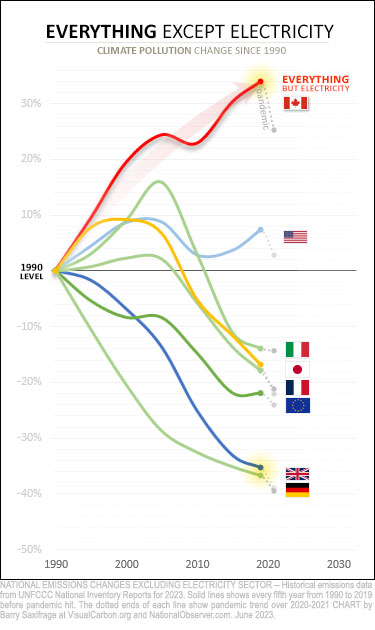
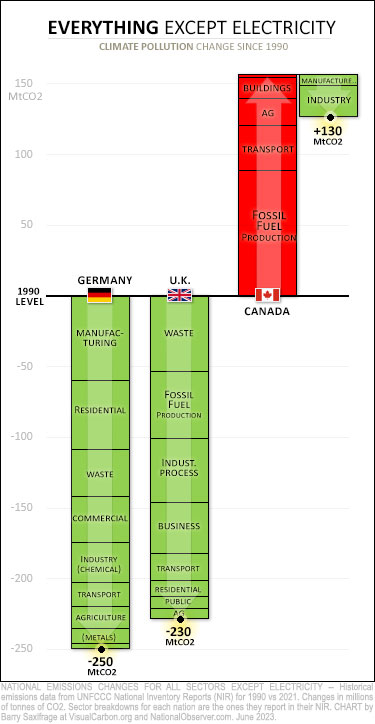




 Water flow is one of eight indicators of global health used in the analysis. Photo by Oxfam East Africa/Flickr (CC BY 2.0)
Water flow is one of eight indicators of global health used in the analysis. Photo by Oxfam East Africa/Flickr (CC BY 2.0)


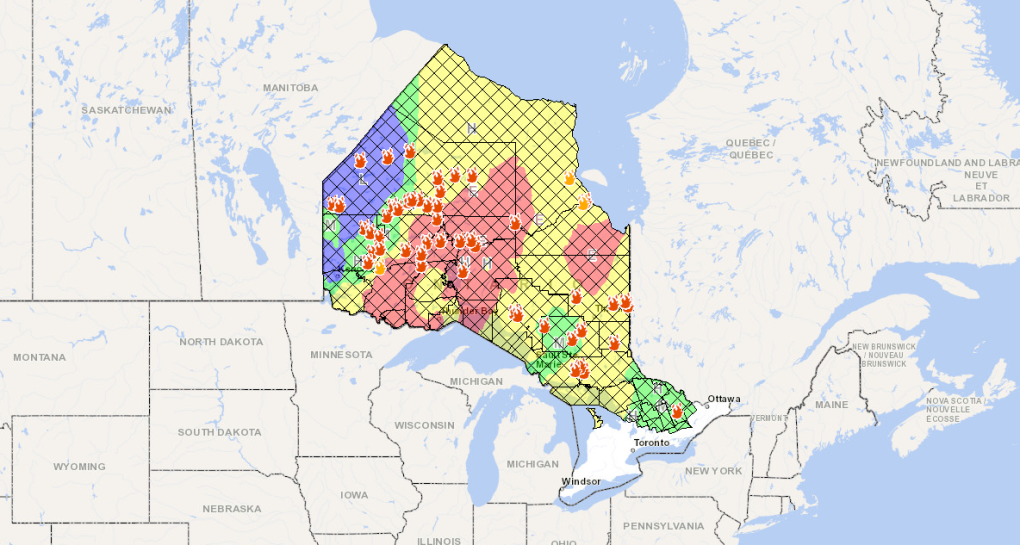 This map shows Ontario's Restricted Fire Zones as of June 18.
This map shows Ontario's Restricted Fire Zones as of June 18.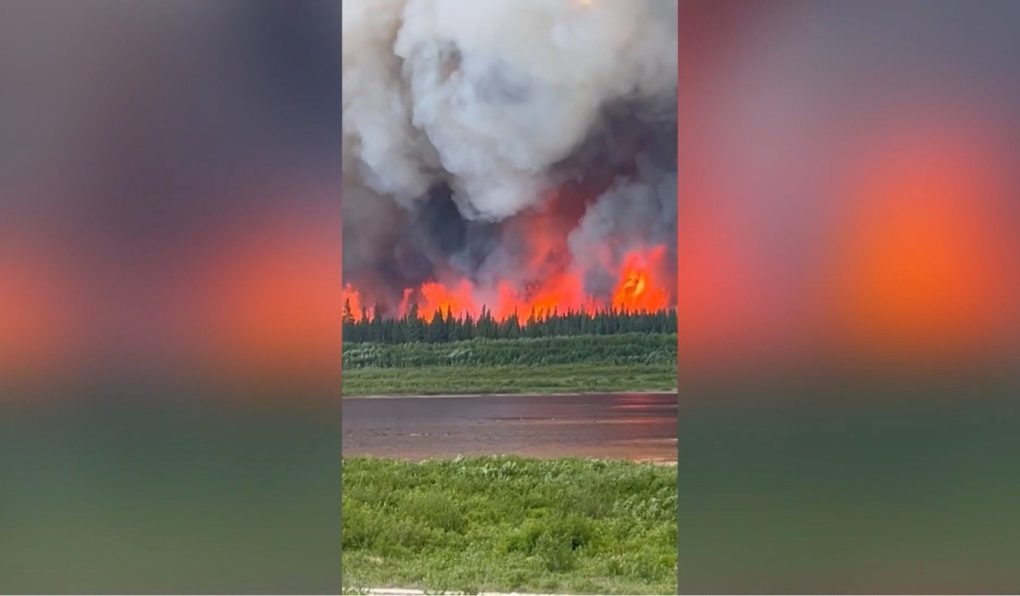
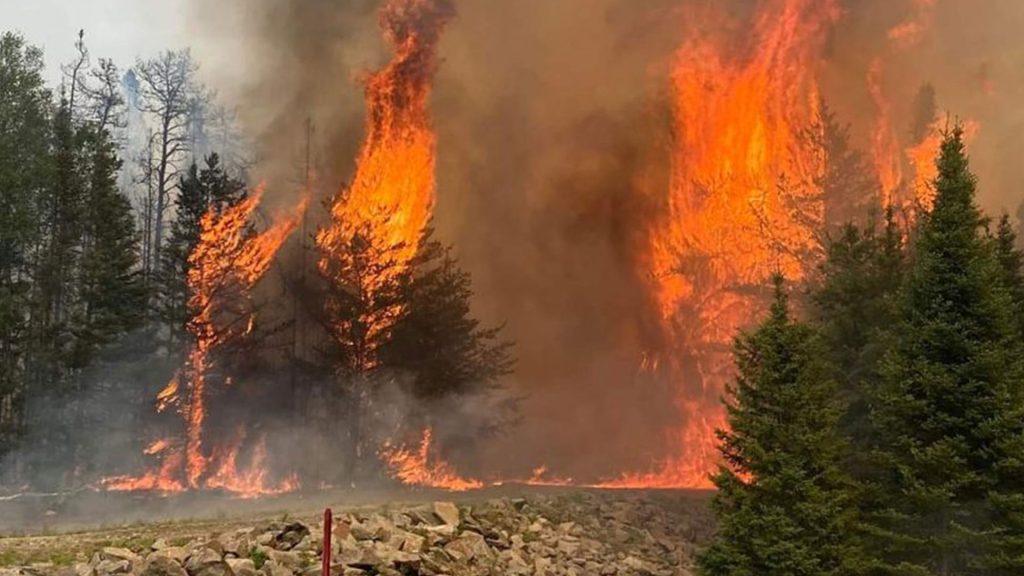

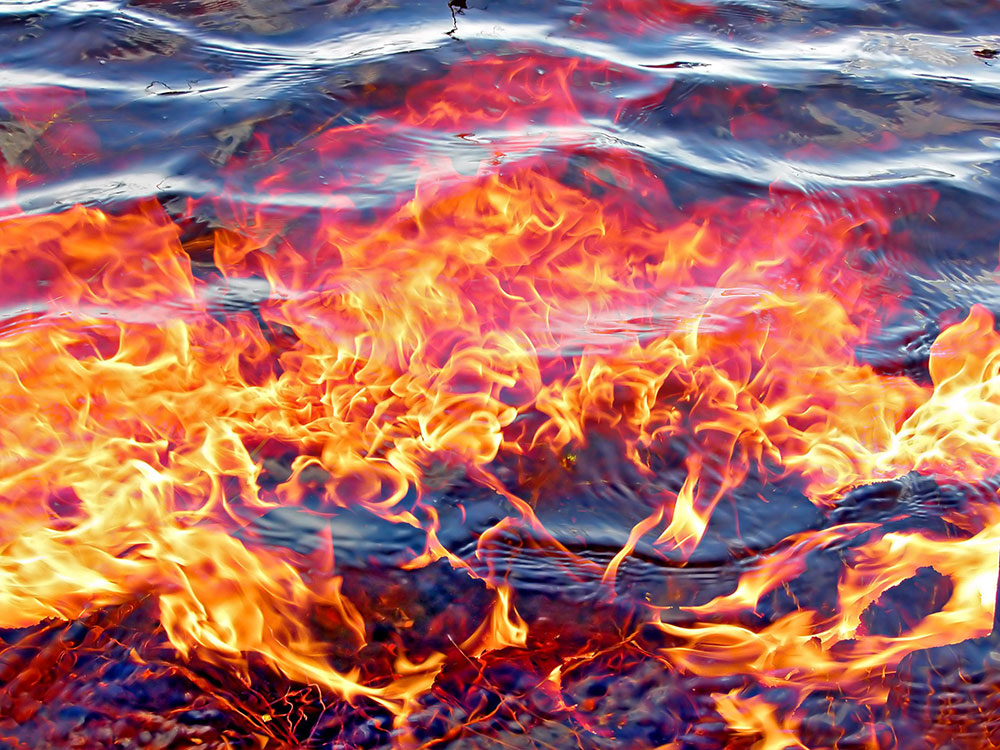
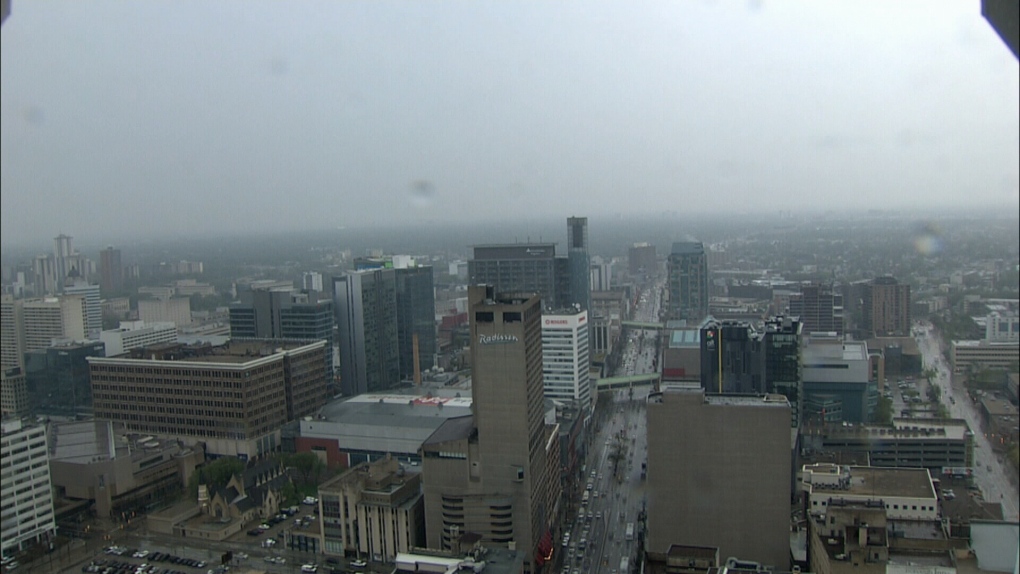

 Debris is strewn across Highway 4 on Vancouver Island in a Tuesday, June 13, 2023, handout photo. Highway 4 on Vancouver Island was reopening Friday afternoon after being closed for more than two weeks over wildfire concerns. THE CANADIAN PRESS/HO-B.C. Ministry of Transportation and Infrastructure
Debris is strewn across Highway 4 on Vancouver Island in a Tuesday, June 13, 2023, handout photo. Highway 4 on Vancouver Island was reopening Friday afternoon after being closed for more than two weeks over wildfire concerns. THE CANADIAN PRESS/HO-B.C. Ministry of Transportation and Infrastructure Justin Trudeau caught in the crosshairs of the highest fossil fuel subsidies in the G20 while wildfires burn all across the country
Justin Trudeau caught in the crosshairs of the highest fossil fuel subsidies in the G20 while wildfires burn all across the country









 The Pathways Alliance said it would “oppose the use” of the Canadian Environmental Protection Act as a basis for the emissions cap in law, according to the federal government’s summary of the group’s comments in December 2021. Photo: Amber Bracken / The Narwhal
The Pathways Alliance said it would “oppose the use” of the Canadian Environmental Protection Act as a basis for the emissions cap in law, according to the federal government’s summary of the group’s comments in December 2021. Photo: Amber Bracken / The Narwhal











 New database shows 1,500 American lobbyists working for fossil-fuel firms while representing universities and green groups. Illustration by Ata Ojani for National Observer
New database shows 1,500 American lobbyists working for fossil-fuel firms while representing universities and green groups. Illustration by Ata Ojani for National Observer
 Preparing for the effects of sea level rise depends on having good data. As measurements of coastal elevation improve, those projections are getting more refined, which may require decision-makers to update plans. Photo AgeFotoStock/Alamy Stock Photo
Preparing for the effects of sea level rise depends on having good data. As measurements of coastal elevation improve, those projections are getting more refined, which may require decision-makers to update plans. Photo AgeFotoStock/Alamy Stock Photo